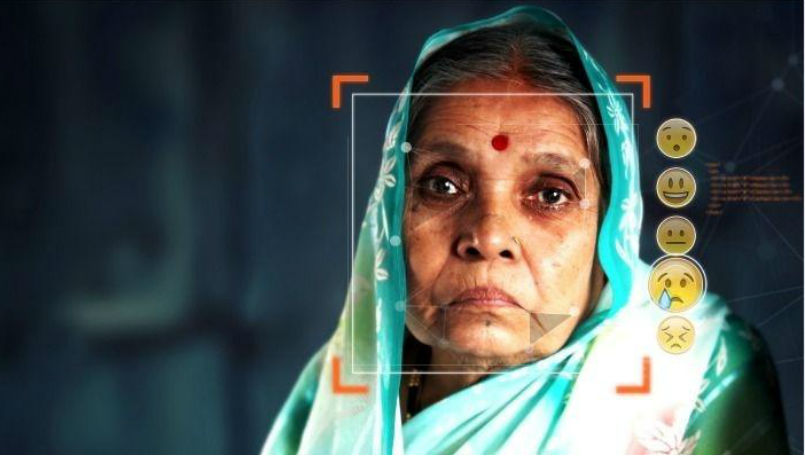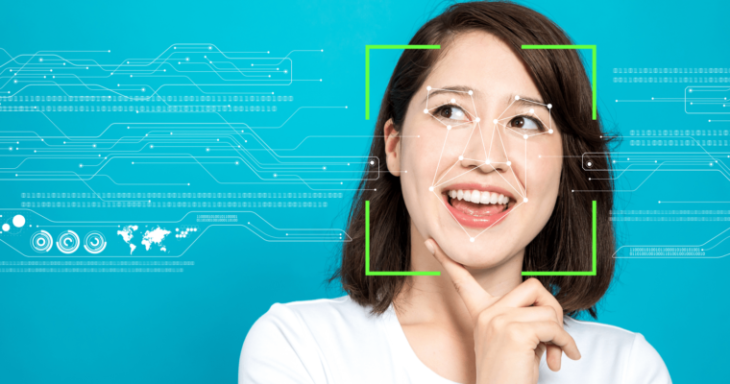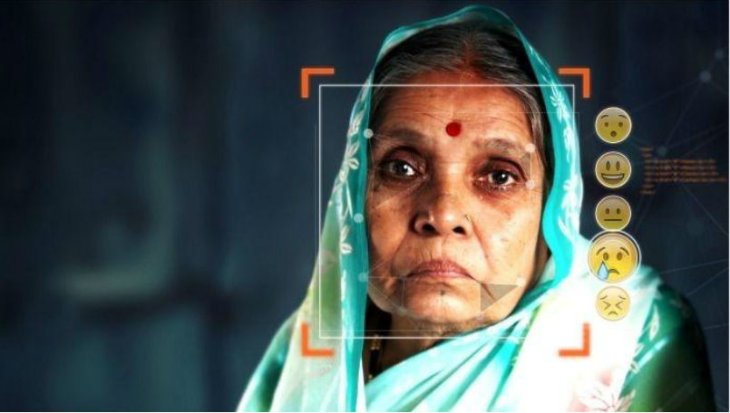Emotions Can Change The Way We Experience Artificial Intelligence
Indira Datta - Dec 04, 2018

AI is taking a further step to better interact with humans by improving its ability to understand emotions.
- New ‘Deep Nostalgia’ AI Allow Users To Bring Old Photos To Life
- Pilots Passed Out Mid-Flight, AI Software Got The Aircraft Back Up Automatically
- YouTube AI Mistakes Black And White In Chess For Racism
AI systems have proved multiple advantages including home unlocking, entertainment, weather reporting, and journey mapping. The voices of the robotic interfaces have become a part of our lives. Google Assistance, Amazon Alexa and Apple Siri are dedicated assistants, helping us access information through phones, laptops, smart speakers, and other electronic devices.
Every day, users take the time to enjoy these features, such as using Alexa to play music, update news, and track sports programs. Alexa always meets the requirements of the human and when she does not know anything she will answer "Sorry, I didn’t understand the question" in a very polite way. Robots like Google Assistance and Alexa are handy to our lives. Imagine that they can do more than that, such as recognizing the emotions of sadness, anger, frustration, and embarrassment of a person, and from that give answers as well as commands that useful for humans.
Personal assistants like Google Assistance, Siri, Bixby, Alexa, and Cortana are able to understand the meaning of words and our commands, but they can not understand the emotions behind the words. For example, when you ask for music, they still perform the assigned task without knowing whether you are pleasant or angry since they cannot understand the emotions through the tone of our speech.
Founder and CEO of Entropik Tech (a company that specializes in Emotion AI) – Ranjan Kumar, says that either AI is used for business or consumption, in the future, they must be able to sense emotions and feelings of humans. Both Google and Amazon are working to put a layer of emotion into their digital assistant.
Earlier this year, Google demonstrated a two-way conversation with its intelligent assistant at the I/O. In the conversation, the showcased assistant expressed an emotional statement as "mmhm" to the human partner. This is one of the first steps in developing these smart personal assistants to become more human-like.
The difference between Emotion AI and Traditional AI
Any artificial intelligence works based on human-machine interaction. According to Ranjan, the current lack of communication between machines and people is in the emotional aspect. AI is unable to understand the mood of the person who is having fun, sad or angry at the moment. EmotionAI aims to fill this gap.

AI reads emotions better than humans
Typically, the user is asking Alexa something with an angry attitude and an angry voice, but Amazon's digital assistant is almost inconceivable of this and only follows assigned orders. Currently, Google Assistance and Alexa cannot understand human emotional contexts, Ranjan is trying to add a sense of attitude and sentiment into them, and it is called EmotionAI.
The way to put emotions into the current AI form
Emotions are a characteristic of human that can be recognized through facial expressions, neurological reactions, and speech. Ranjan told BGR India that Entropik Tech will use these essential elements to build an AI capable of understanding emotions. Brainwave mapping, eye tracking, facial recognition, and voice are used to deliver a precise context and attitude of the speaker to the AI interface.

Before Entropik Tech can test data on AIs used by consumers, it is applying EmotionAI in other fields like product development and retail. EmotionAI's use in these industries is to analyze the satisfaction and disappointment of customers when experiencing the product through calls. At present, Accenture's retail space, Spain's Vodafone space telecom and China's Xiamo technology developer have used emotional tracking capabilities to understand the customer's feedback.
Emotion layer construction through brainwave mapping and facial recognition
The particular hardware of Entropik Tech operates like a headset that tracks the behavior of neurons. The brainwave graph will show the warming up at the second level. It then creates the corresponding data that reflects the level of attention of the user and evaluates the mental effort of a person in a context. Ranjan said the hardware gave the team the raw data, and then they build a software that can convert the raw data into information in a meaningful and useful.
Entropik developed a facial recognition system that can identify 58 actionable codes on a person's face. All gestures such as how you laugh, cry, roll your eyes or smirk are collected and translated into useful data. Then, these data will be fed into computer learning algorithms and deep neural networks. From there, the AI system will improve as it is capable of realizing the human emotions.
Is privacy really confidential?
We all know that AI can not grow and improve if we do not give it new data. For example, Google Pixel 3 and 3 XL have Portrait Mode effects instead of using dual camera sensors as their competitors. Accordingly, Google uses only one sensor and fills the gaps by understanding the depth of the image and the neural network.
The more technology is developed, the more people are concerned about privacy. Ranjan answered when asked to address this issue that this development ensured that each person's privacy was unaffected. He encouraged the collection of emotional data provided to the machine to be made on personal devices rather than cloud services. He also emphasized that companies should develop less intrusive human emotional traces such as smartphones.
EmotionAI can make an AI-human interaction just as real as that between two real humans, regarding both contextual and emotional aspects. But implementation ethics still remains a big question. The development of AI should only come with useful features, not with violations of privacy or malpractice.
Featured Stories

Features - Jul 01, 2025
What Are The Fastest Passenger Vehicles Ever Created?

Features - Jun 25, 2025
Japan Hydrogen Breakthrough: Scientists Crack the Clean Energy Code with...

ICT News - Jun 25, 2025
AI Intimidation Tactics: CEOs Turn Flawed Technology Into Employee Fear Machine

Review - Jun 25, 2025
Windows 11 Problems: Is Microsoft's "Best" OS Actually Getting Worse?

Features - Jun 22, 2025
Telegram Founder Pavel Durov Plans to Split $14 Billion Fortune Among 106 Children

ICT News - Jun 22, 2025
Neuralink Telepathy Chip Enables Quadriplegic Rob Greiner to Control Games with...

Features - Jun 21, 2025
This Over $100 Bottle Has Nothing But Fresh Air Inside

Features - Jun 18, 2025
Best Mobile VPN Apps for Gaming 2025: Complete Guide

Features - Jun 18, 2025
A Math Formula Tells Us How Long Everything Will Live

Features - Jun 16, 2025
Comments
Sort by Newest | Popular